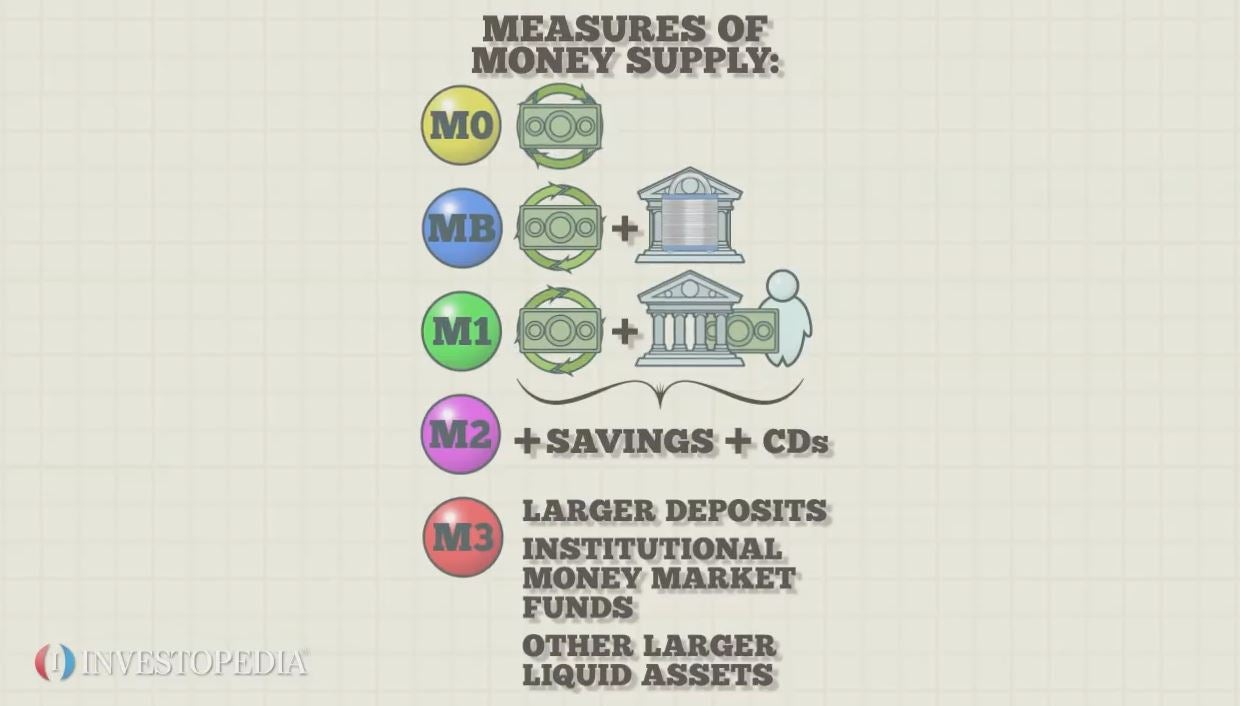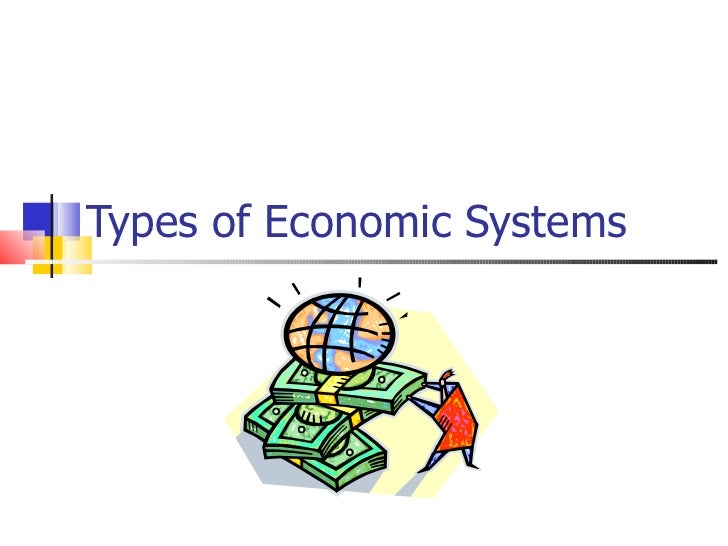
- Used to fight a recession
- Open market operation consists of buying bonds, which increases money supply
- Discount rate decreases
- Reserve requirement decreases
- Taxes decrease
- Government spending increases
- There will be a budget deficit
- Consumption and Government Spending increases
- Aggregate Demand increases
- Demand for money increases
- Interest rate increases
- Gross Domestic Private Investment decreases
- Supply of loanable funds decreases
- Demand for loanable funds increases
Contractionary Policy (AKA "Tight Money Policy")
- Used to fight inflation
- Open market operation consists of selling bonds, which decreases money supply
- Discount rate increases
- Reserve requirement increases
- Taxes increase
- Government spending decreases
- There will be a budget surplus
- Consumption and Government Spending decreases
- Aggregate Demand decreases
- Demand for money decreases
- Interest rate decreases
- Gross Domestic Private Investment increases
- Supply of loanable funds increases
- Demand for loanable funds decreases
- Fiscal Policy is carried out by Congress and the President, and it usually has to do with taxing and spending
- Monetary Policy is carried out by the Federal Reserve Bank (the Fed), and it deals with open market operations, the discount rate, the federal fund rate and the reserve requirement
- Discount Rate - The interest rate that the Fed charges commercial banks for borrowing money
- The lower it is, the more banks borrow
- Federal Fund Rate - The interest rate that commercial banks charge one another for an overnight loan
- Bank reserves and money supply have a direct relationship with each other
- The Federal Fund Rate has an inverse relationship with the two in the previous bullet
- Prime Rate - The interest rate that banks charge their most credit-worthy customers







